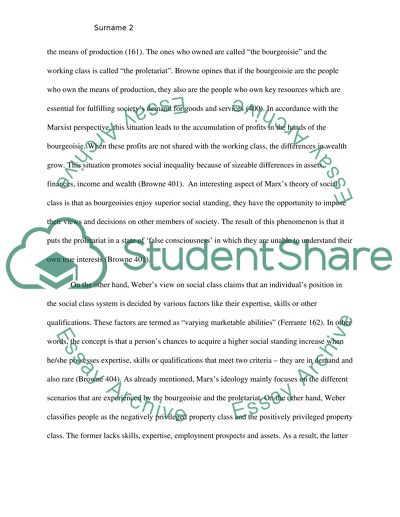Cite this document
(“Sociological explanation of social class Assignment - 1”, n.d.)
Sociological explanation of social class Assignment - 1. Retrieved from https://studentshare.org/sociology/1632510-sociological-explanation-of-social-class
Sociological explanation of social class Assignment - 1. Retrieved from https://studentshare.org/sociology/1632510-sociological-explanation-of-social-class
(Sociological Explanation of Social Class Assignment - 1)
Sociological Explanation of Social Class Assignment - 1. https://studentshare.org/sociology/1632510-sociological-explanation-of-social-class.
Sociological Explanation of Social Class Assignment - 1. https://studentshare.org/sociology/1632510-sociological-explanation-of-social-class.
“Sociological Explanation of Social Class Assignment - 1”, n.d. https://studentshare.org/sociology/1632510-sociological-explanation-of-social-class.


